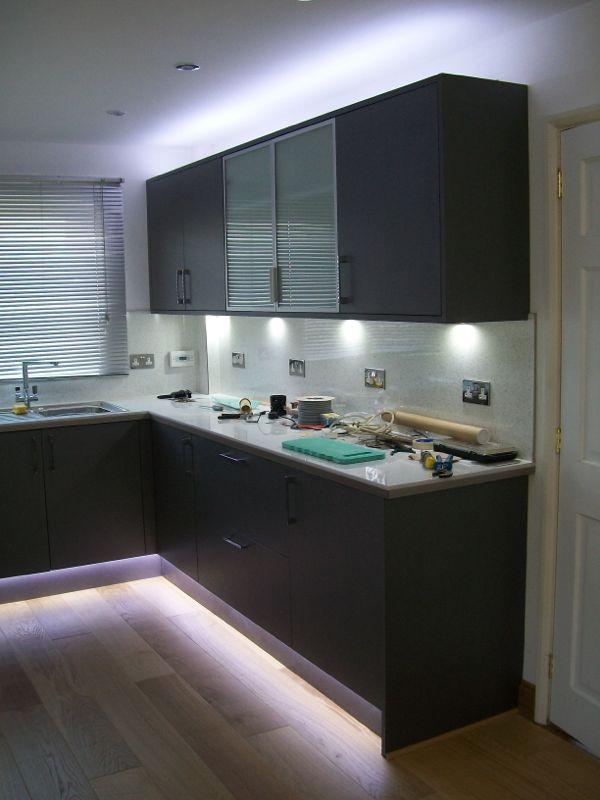Hi all,
Just wondering if anyone has installed the LED RGB strip style lighting under their floor standing kitchen units (not wall units) and if so if they're happy with the concept overall?
http://www.ledlightszone.co.uk/led-tape/60-flexible-led-strips-non-waterproof-72w-30pcs.html
Also, did you go for the 30 or 60 LED per meter?
I'm looking to install this stuff with an RGB controller so that I can adjust the intensity and colour of the glow, currently I'm tempted by the 30 per meter as I believe that would give a more than sufficient ambient light.
Thanks,
Just wondering if anyone has installed the LED RGB strip style lighting under their floor standing kitchen units (not wall units) and if so if they're happy with the concept overall?
http://www.ledlightszone.co.uk/led-tape/60-flexible-led-strips-non-waterproof-72w-30pcs.html
Also, did you go for the 30 or 60 LED per meter?
I'm looking to install this stuff with an RGB controller so that I can adjust the intensity and colour of the glow, currently I'm tempted by the 30 per meter as I believe that would give a more than sufficient ambient light.
Thanks,



